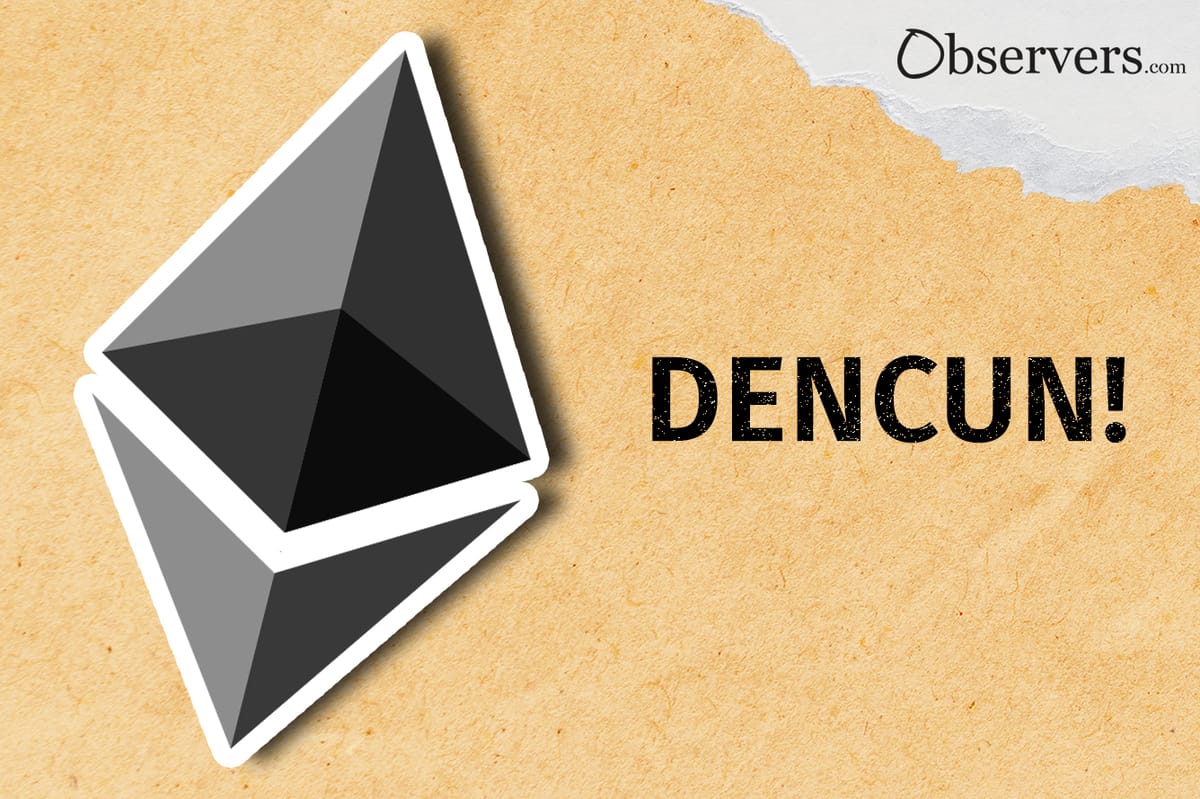
On the bi-weekly All Core Developers Execution (ACDE) call last week, Ethereum developers approved the final list of Ethereum Improvement Proposals (EIPs) that will be implemented with the 'Dencun' update.
The key change is to be brought by EIP-4844, which will introduce 'proto-danksharding'. Proto-danksharding is a variation of the database sharding concept optimized for decentralized networks by Ethereum researchers Dankrad Feist and Diederik(Proto) Loarakker.

Proto-danksharding is designed to process the data generated by Ethereum's Layer 2 solutions (such as rollups) faster and more cheaply. Thus Ethereum's scaling vision looks as follows: Layer 2 solutions scale the network by moving transactions off-chain and only posting summary data to Ethereum; Ethereum Layer 1 is then optimized to better process this data.
The other four EIPs included in Dencun are considered less important in scope, yet also focus on optimizing the performance of the network.
- EIP-1153: Transient storage opcodes optimize block space and thus reduce fees.
- EIP-4788: Beacon block root in the EVM brings slight changes to the Ethereum Virtual Machine (EVM).
- EIP-5656: MCOPY - Memory copying instruction optimizes EVM performance.
- EIP-6780: SELFDESTRUCT only in same transaction changes the functionality of the SELFDESTRUCT opcode.
Dencun combines two simultaneous upgrades happening on the two main layers of Ethereum: the execution layer, where all protocol rules reside (the Cancun upgrade) and on the consensus layer, which makes sure that blocks are validated, (the Deneb upgrade).
Like recent Shapella upgrade, Dencun is a hard fork, meaning it will be backward-incompatible to the existing blockchain.
Developers are now actively testing Dencun and, subject to the successful implementations on the testnets, the upgrade will go live close to the end of 2023
Ethereum is a crypto-industry giant that has been successfully operating since 2015. Ethereum is constantly updating and evolving, and the Ethereum Roadmap, the network development plan, is astounding in scope.
Over the last twelve months, the network was updated twice: the Merge that finalized the transition of the Ethereum network from proof-of-work to proof-of-stake, followed by Shapella, which released the staked ETH. We are thrilled to Observe this next milestone for Ethereum too.

